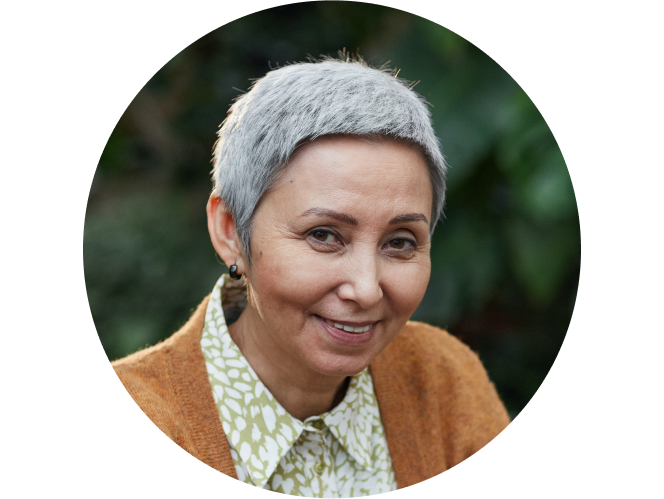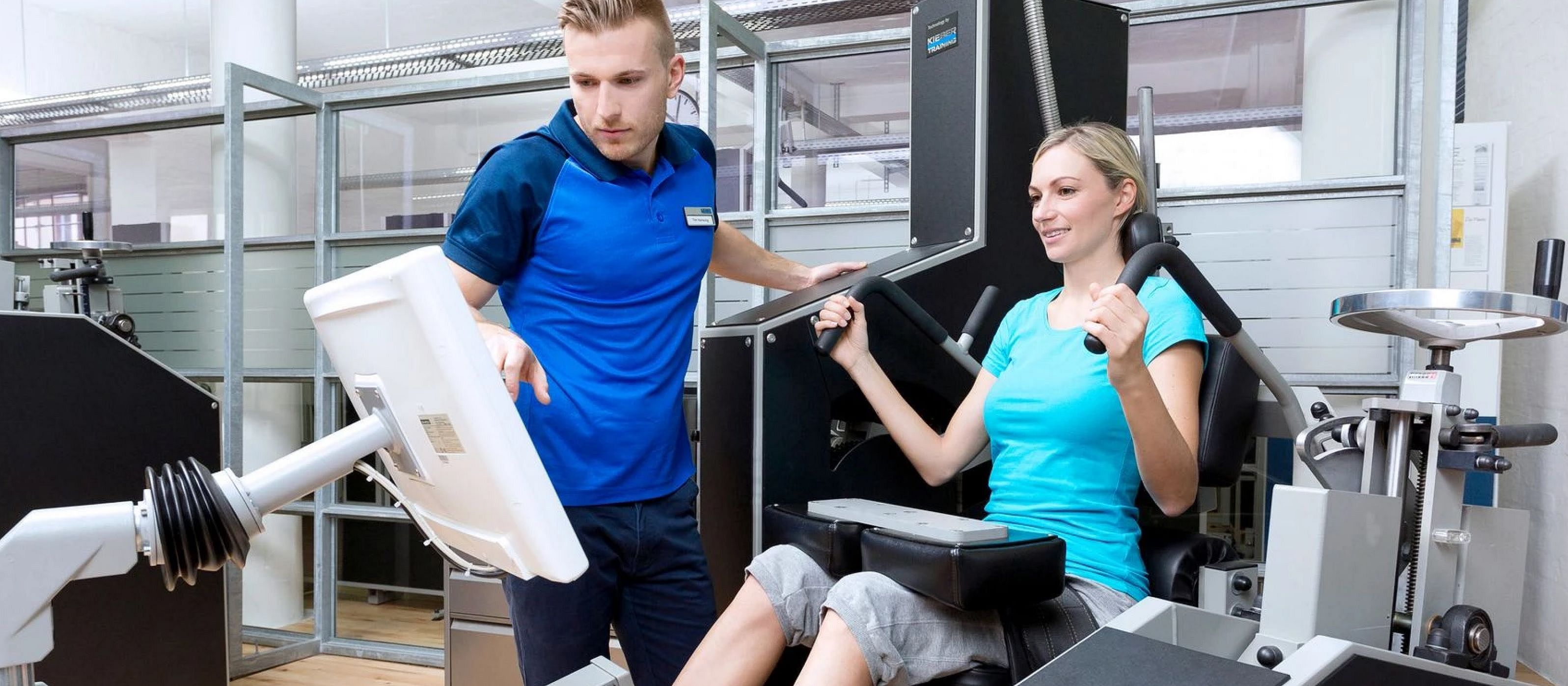What is good osteoarthritis prevention?
To prevent osteoarthritis, it is important to promote strength, coordination and endurance. Regular exercise, a nutrition plan that provides you with sufficient minerals and ideally the right vitamins as a supplement are also existential for your success. However, from our experience, without the guidance of a specifically trained trainer, it is difficult to implement prevention permanently and thus sustainably on your own. The fear of doing something wrong and harming oneself is too great instead of doing something good for the body. At Kieser, you get a specially coordinated selection of equipment and exercises that are also tailored to you - for maximum efficiency.
In addition, pay attention to your diet. Excess weight is detrimental to health anyway. It is generally advisable to avoid an unhealthy diet also with regard to other diseases of civilisation. A vitamin-rich diet helps your body on many levels. The following nutrition tips will help you alleviate osteoarthritis or maintain your cartilage health. As you can see, it is not only about your weight, but also about what you eat. This may sound complicated at first, but it also has benefits. With a healthy diet, you not only prevent osteoarthritis, it also positively supports your overall health. Your body will thank you for it, and you will benefit from it especially as you get older. That is why we have prepared a plan for you, which you can use to easily find out what constitutes a healthy diet and which vitamins should definitely not be missing. Ofcourse, you can also use food supplements after consulting your doctor, but these can never completely replace a balanced diet.




